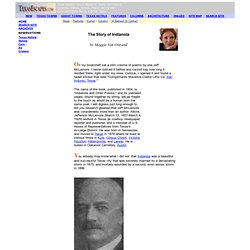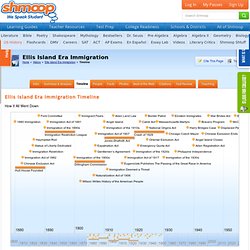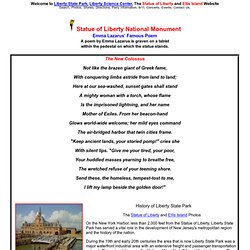

INDIANOLA, TX. Indianola, Texas. The Story of Indianola. In a footnote, the author wrote "Indianola had almost recovered from the effects of the Civil War and was the most flourishing city along the Texas coast.

Her harbor was crowded with large ships and ocean steamers, while long trains of wagons, many of which came from far beyond the Rio Grande, were bearing off her commerce to those who had left their gold in exchange. Indianola, Texas Gulf Coast Ghost Town. Indianola or Karlshaven - Texas Ghost Town. It has been written, "Of the many ghost towns in Texas, none died as tragic a death as Indianola.

" Founded by German immigrants in 1844, the town once was second only to Galveston as a Texas port city. Today, Indianola no longer exists, battered into submission by two devastating hurricanes in 1875 and 1886. A German immigrant, Johann Schwartz, built the first house in 1845. By 1860, the population had grown to over a thousand people and by 1870 over two thousand. By this time, the town had changed its name to Indianola. I read this poem, walked this beach and had to know more about this city that is no more. La Salle cross used to claim the area in the 1600's in now on a church in Port Lavaca, just north of the spot. Indianola, Texas Gulf Coast Ghost Town.
Chronology : The Germans in America (European Reading Room, Library of Congress) Indianola, Texas Civil War sites. 20th-century Jewish Immigration. Jewish Immigration to the United States All U.S. history textbooks cover the great wave of immigration that brought approximately 25 million people to America from 1880—1924.

These immigrants came from many places and for many reasons, and most narratives provide adequate coverage of the push and pull factors behind decisions to emigrate, the difficult journey, and the struggle to adapt to a new country. Textbooks provide a fairly standard account of chain migration, the creation of ethnic urban neighborhoods, the Americanization movement, and the ultimately successful nativist campaigns for restrictive immigration legislation. A closer examination of one group during this period allows for a deeper look at the causes and consequences of immigration. Several other significant elements of the Jewish immigrant experience, however, receive little attention. The “Old” Immigrants and the “New” Immigrants Ports of Entry and Sites of Settlement Anti-Semitism. Galveston Plan. Exhib02. Galveston Immigration Stations. Ellis Island Era Immigration Timeline of Important Dates. 1880 Immigration During the decade of the 1880s, more than 5.2 million immigrants arrive in the United States.

May 6, 1882 Chinese Exclusion Act Congress passes the Chinese Exclusion Act, banning new immigration from China into the United States for ten years. Chinese Exclusion marks the first systematic federal legislation to restrict free and open immigration into the United States. Ellis island. EMMA LAZARUS; FAMOUS POEM :"THE NEW COLOSSUS" The New Colossus Not like the brazen giant of Greek fame, With conquering limbs astride from land to land; Here at our sea-washed, sunset gates shall stand A mighty woman with a torch, whose flame.

Ellis Island, New York City. A Mighty Woman with a Torch. American History - Username. Pacific Link: The KQED Asian Education Initiative: History: Angel Island. From 1910 to 1940, tens of thousands of immigrants entered the West Coast of the United States through the Angel Island Immigration Station.

Located in San Francisco's North Bay, not far from Alcatraz Island, the buildings were nearly forgotten and their history almost lost, until one day in 1970, when Alexander Weiss, a California State Park Ranger, re-discovered the treasure they held. His chance discovery began the long journey to save the immigration station, and ultimately, to save the stories hidden within it, and to help us remember its sad, but important role in American history. The exact number of immigrants who passed through Angel Island is unknown. In addition to being a detention site, the station was also an administrative site.
As such, it processed the paperwork for all people coming into and leaving the United States, and not just for those who spent time at the site. Pacific Link: The KQED Asian Education Initiative: History: Discovering Angel Island. Chinese Immigrants At The San Francisco Custom-House. NYPL Digital Collections. Immigration Center at Angel Island. Photo on Monument. Caller. Photograph of Immigrants Outside a Building on Ellis Island.